In our fast-paced world, achieving success is a common goal for many individuals. While factors such as talent, hard work, and opportunity undoubtedly play a significant role, there's one crucial element that often goes overlooked: energy levels. Our energy levels dictate our productivity, focus, and overall effectiveness in pursuing our goals. In this post, I’ll explain why energy levels are crucial for success and how we can optimize them to reach our full potential.
The Dynamics of Energy Levels: Throughout the day, our energy levels fluctuate, influenced by various factors such as sleep quality, nutrition, exercise, and stress. By paying attention to these dynamics, we can identify the times of day when our energy is at its peak. For most individuals, energy levels tend to be highest in the morning, gradually declining as the day progresses. Recognizing these patterns enables us to make the most of our peak energy periods.
To leverage our energy levels effectively, it's essential to create a well-designed plan that aligns with our peak energy times. Start by dividing your day into distinct blocks, each dedicated to specific activities or goals. For example, if your energy is highest in the morning, allocate this time for high-priority tasks that require creativity, critical thinking, or problem-solving. Use the afternoon for more routine or administrative work, and reserve evenings for relaxation and personal activities.
Three-Goal Daily Plan: Implementing a three-goal daily plan is an effective strategy to optimize energy levels and maximize productivity. Instead of overwhelming ourselves with an extensive to-do list, focus on three key objectives for the day. By setting SMART realistic goals, we ensure our energy is directed towards accomplishing what truly matters, fostering a sense of achievement and motivation. Remember, quality trumps quantity when it comes to goals.
The Pitfalls of Poor Energy Levels: When our energy levels are compromised, our ability to perform at our best diminishes significantly. Here are a few reasons why poor energy levels hinder our effectiveness:
Reduced Focus: Fatigue and low energy make it challenging to concentrate and maintain sustained attention on tasks. This can lead to decreased productivity and a higher likelihood of making mistakes. Some issues with poor energy levels is impaired decision making, lack of motivation, and higher stress levels.
Energy levels are a vital resource that significantly impacts our ability to achieve success. By understanding our individual energy patterns, crafting energy-focused plans, implementing three-goal daily plans, and acknowledging the pitfalls of poor energy levels, we can optimize our productivity and maximize our potential. Remember, managing and nurturing our energy is key to unlocking the success we strive for in all aspects of life.
“Businesses wonder why it is still hard to be thought of as the brand of choice with the best customers and top employees. How can our business make more profitable transactions and stay out of the commodity battle with low profits? How can we land and keep top talent in our organization with the salary wars. Kevin teaches your sales and leadership teams how to build the key ingredient to be successful with their relationships and take your goals to the next level with high levels of engagement.
Kevin’s website: www.kevinsidebottom.com
Kevin’s email: kevin@kevinsidebottom.com
The Sales Process Online Membership Site
https://www.kevinsidebottom.com/pricing-page
The Sales Process Uncovered Book
https://www.amazon.com/Sales-Process-Uncovered-Success-Influence/dp/0578421518/ref=sr_1_1?crid=8XUM4QL2RC6M&keywords=the+sales+process+uncovered&qid=1673274567&sprefix=the+sales+process+uncovered%2Caps%2C90&sr=8-1





















